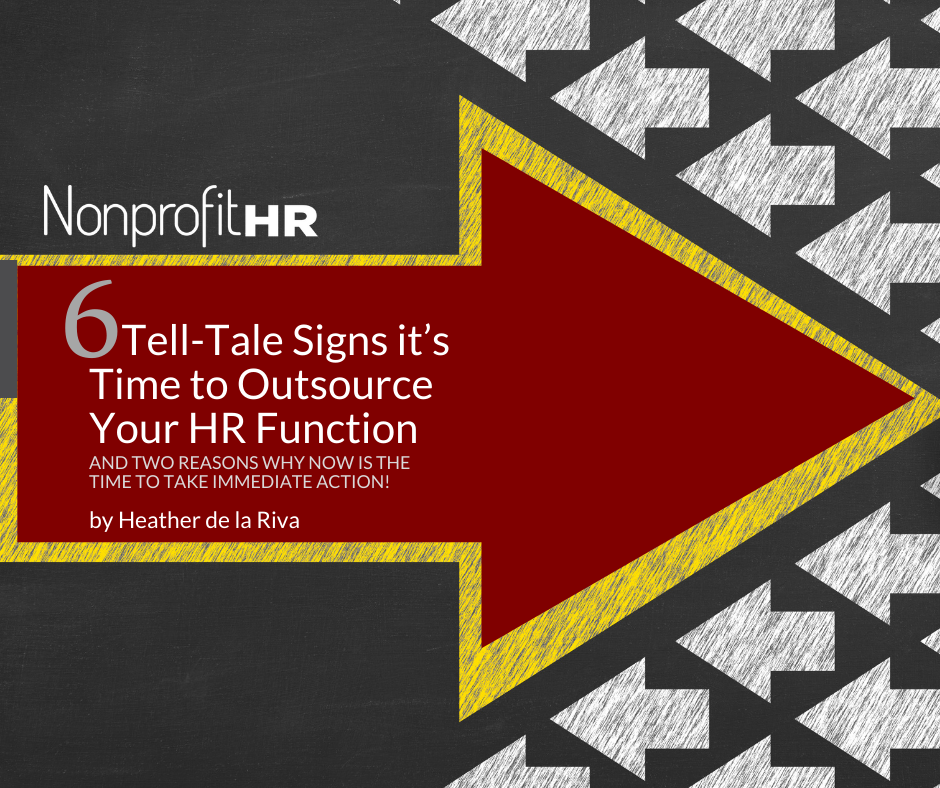WTOP: 5 ways nonprofits can…
By Caroline Garrett, PHR
You hear so much about data and metrics that it can be confusing to figure out what you should really be keeping track of. There are some HR metrics that are commonly tracked and reported, such as headcount, time to fill open positions and staff turnover. These metrics can be useful to managers and executives.
However, here is a list of my “top ten” metrics that are not typically tracked, but I find to be extremely helpful because they have led to significant cost savings and other positive outcomes for our clients. When you track and report on these metrics, you’re likely to find that it becomes easy to “wow” your executives.
1) Offer Acceptance Rate – This can help determine if there are issues with either parts of the recruitment process or the salary range for a particular position.
2) Temporary Employees Hired – This can be useful for workforce planning and budget planning purposes. How many temporary employees are hired throughout the year? Are there full-time staff members who are utilized less who can help with temporary needs that arise throughout the year?
3) Diversity New Hire Ratio – This metric can help identify the progress of meeting goals for affirmative action plans and other diversity initiatives within your organization. It can be further broken down by other categories and departments, such as female new hire ratio in the finance department, etc.
4) Average Tenure of Employees – Is the majority of your staff relatively new to the organization or have they been there for a while? This will be helpful as you develop training opportunities and engagement strategies for your staff.
5) Average Age of Employees/Projected Retirement Age – This metric can be helpful for your succession planning and identify future staffing needs.
6) Average Promotion Wait Time – This is something that would be great to share with supervisors, so that they can set realistic expectations with their staff. It’s also a nice one to share during the recruitment process!
7) Promotion Ratio – How many of your staff have been promoted? How can you assist in the creation of training and development opportunities for them as well as those who have not yet been promoted?
8) First Year Resignation Ratio – This metric can help identify if there are issues with the recruitment and onboarding processes across organization. How can they be improved, so that staff stay longer with your organization?
9) One-Year Involuntary Turnover Ratio – This is also related to identifying issues with the recruitment process. How can you make changes to ensure the right candidates are hired?
10) Cost of HR (HR’s salary and benefits) per Employee – This can be helpful if you are considering adjusting the size of your HR team, especially if the organization has grown in size, but the number of HR staff has remained the same.
These all can be tracked and reported on quarterly, semi-annually or annually, so that you have the opportunity to look for trends and make changes to impact the organization positively. Happy tracking!
Have questions about metrics and strategy at your organization? Let’s have a conversation! Call or email today.





























